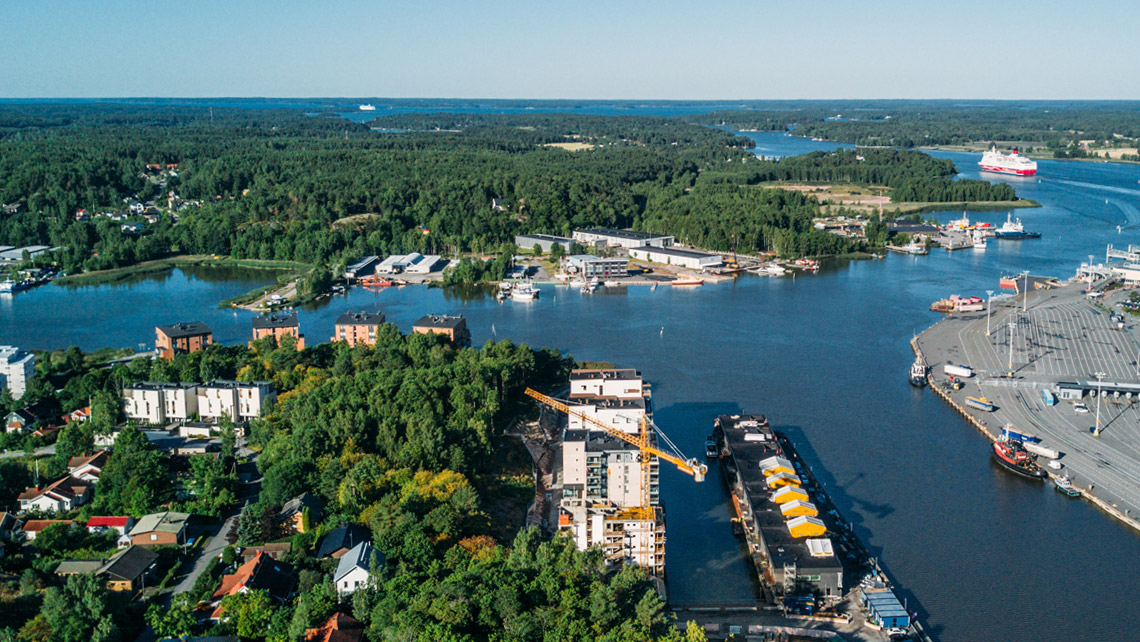The Kakolanmäki wastewater treatment plant in Turku, Finland chose Kemira’s flocculant, Superfloc® XD, for its quality, value and secure supply.
After over a decade of research and evaluation, Kemira’s KemConnect™ DEX has proved to be an advantageous choice among the alternatives now available for wastewater disinfection.
The wastewater treatment plant in Olomouc, Czech Republic has long been a forerunner in smart process optimization. Kemira and the plant’s operator, Veolia Group, have built on this and their decades-long relationship to implement a smart digital solution.
Our customers in Québec trust in the Kemira high-concentration, high-basicity, aluminum-based chemistry. As a result, water treatment processes are simplified and overall costs are lowered.
In this article we take a closer look at the historical developments that have brought us today’s advanced wastewater treatment processes before digging deep underground to discover how they’ll be put to work in the colossal new treatment facility currently under construction in Tampere, Finland.
Serving the wastewater treatment needs of a rapidly growing population has presented challenges for Stockholm Water. With one of its treatment plants undergoing an upgrade and another close to full capacity, the company is benefiting from Kemira’s expertise to increase capacity with the help of chemical pre-treatment.
SWISS KRONO, a manufacturer of wood-based materials, wanted to safeguard the health and safety of its employees by disinfecting the wastewater generated at their largest production plant. Read how we helped them with the Kemira KemConnect solution.
The Miami-Dade South and Central District Wastewater Treatment Plants in Florida had been struggling with the twin challenges of suboptimal concentrator settling and poor-quality biogas from their anaerobic digesters. Using application expertise and experience from other Floridian customers, Kemira experts knew exactly the right way to tackle both problems at once.
After fire damaged the wastewater treatment plant in Étretat, there was no time to lose. Thanks to good cooperation, the plant’s new disinfection solution was up and running just seven days after the fire.
Wichita’s Lower Arkansas Water Reclamation Facility (LAWRF) is the largest wastewater plant in the state of Kansas, treating the wastewater of the surrounding population and using the resultant dewatered sludge to help the local crops to grow. When a problem with struvite scale build-up was causing low throughput and increased downtime, the company turned to Kemira to identify the cause of the issue and see where performance improvements could be made.
